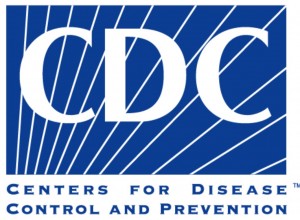 Yesterday, the Centers for Disease Control and Prevention (CDC) released 2013 sexually transmitted diseases (STDs) surveillance data, which reveal that STD rates continue to be unacceptably high in the United States — with disproportionate impact on men who have sex with men (MSM). In particular, the CDC found increasing rates of syphilis and co-infection of syphilis with HIV.
Yesterday, the Centers for Disease Control and Prevention (CDC) released 2013 sexually transmitted diseases (STDs) surveillance data, which reveal that STD rates continue to be unacceptably high in the United States — with disproportionate impact on men who have sex with men (MSM). In particular, the CDC found increasing rates of syphilis and co-infection of syphilis with HIV.
“The rate of primary and secondary syphilis in 2013 is the highest recorded rate since 1996,” the CDC said in a statement. “In addition, the 10 percent increase in syphilis rates in 2013 was the result of increases in men, mainly MSM; no overall increase was seen in women in 2013. Syphilis and HIV co-infection among MSM is also very common, with 52 percent of MSM with primary and secondary syphilis co-infected with HIV.”
Because data for transgender people are not uniformly collected, the report does not identify trends among the transgender community. However, based on other research, we know transgender people, especially transgender women, are disproportionately impacted by HIV and other STDs.
The 2013 CDC surveillance data also underscores public health concerns about the growing possibility of antibiotic-resistant strains of gonorrhea and complications stemming from other STDs such as HPV and genital herpes.
In an effort to reduce HIV infections among gay and bisexual men and to encourage open discussion about a range of HIV prevention strategies, the CDC developed Start Talking. Stop HIV. The campaign features conversation starters and tips on how to talk your sexual partners about safer sex no matter the type of relationship.
The CDC recommends routine STD testing for all sexually active adults. Communities at particularly high risk, such as gay and bisexual men, should consider getting tested every three to six months.











